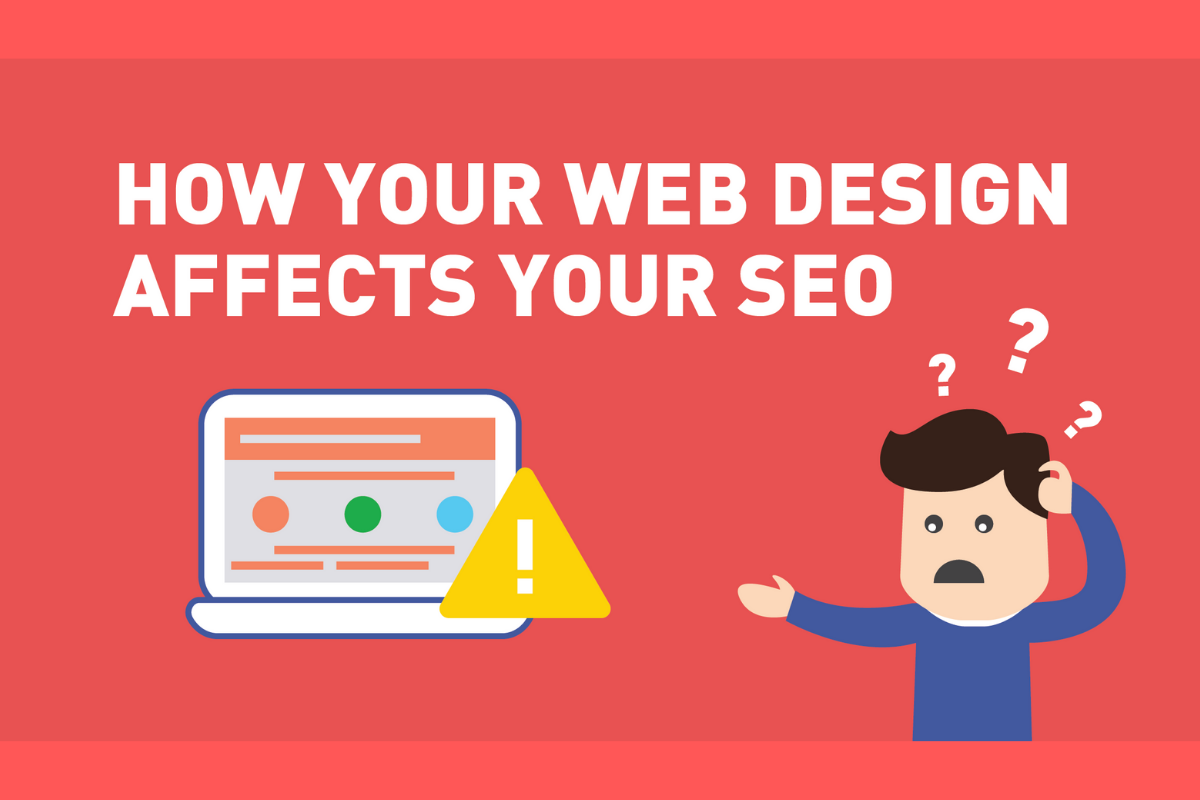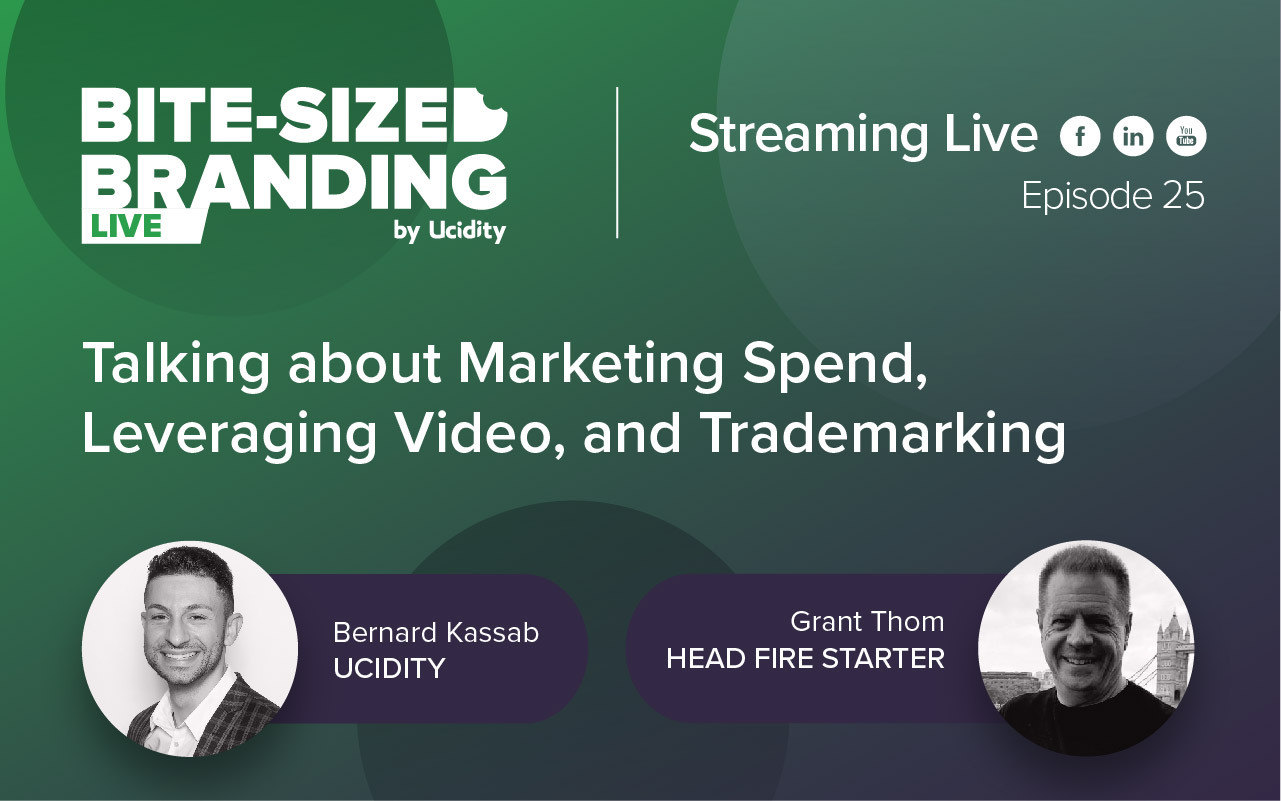
Content Marketing,Content Marketing,Content Marketing | 5 min read
A mentor taught me in the early days of my business that “the numbers never lie”. What he meant was successful small business owners regularly read accurate reports to find out exactly what’s going on in their business. With these reports, they’re equipped with the knowledge to make decisions fast.
Decisions such as “should we keep running our latest marketing campaign?” and “do we need to improve our website?” can be answered instantly with the right data.
The good news is that this type of data is accessible on your website right now, and can be sent to your inbox as often as you like – automatically.
In this article, you’re going to learn the magic art of reading website data, and how with this information, you can make decisions about one of your most powerful marketing tools – your website. We’re going to demystify terms such as “bounce rate”, “visitor behaviour” and “goal completion” and teach you strategy behind interpreting and making use of website reports.
Which reporting tool should I use?
If you don’t have website reports yet then you HAVE to read this section.
You MUST have Google Analytics. This is the industry standard and pretty much all web developers know how to use it. The good news is that this tool is free and can be easily installed on your website right now.
The first step to getting an Analytics account is to make sure you’ve got a Google Account – you can get one a gmail.com. Once you’ve got one of those, jump to analytics.google.com and create your new account.
If you have a WordPress website, simply install a plugin named Monster Insights Google Analytics plugin, available at https://www.monsterinsights.com. This plugin will automatically link your website to your Analytics account.
If you don’t have a WordPress website, then give your web developer a clip over the ears and get them to install it RIGHT NOW!
How to read the data
Once you have Google Analytics installed you can start to read your website data. Ideally, you want at least a couple of months’ worth of data before you start analysing what’s going on and making decisions.
From your laptop
To access your website data from your desktop, jump to analytics.google.com. This is the most powerful and flexible way to read data on your website.
From your mobile device
The Google Analytics mobile app is available for most devices. This app is really handy when you need to track data when you’re out of the office, take a sneaky peak when you’re out to dinner with your partner… just joking.
Automated regular reports
Analytics provides an option to have your tailor made reports emailed to you automatically, at the frequency that you choose. For example, if you have a fortnightly meeting with your marketing consultant, then have an email automatically sent to them the day before with the most crucial data ready to go for the meeting.
What website data should I be looking at?
1. Bounce Rate – AKA – are visitors interested in my website?
When a visitor jumps to your website they have two options – get more information OR go somewhere else. If they choose to go somewhere else, it’s called a “bounce”. The higher the number of bounces then the more likely that your website is not getting anyone’s interest.
Google reports has a statistic called the “Bounce Rate”. This is the percentage of people who come to your site and immediately go somewhere else. It’s the equivalent to recording the percentage of people who poke their head through your shop door, take a quick look and then leave without entering your shop. The higher the number of people who do this, the higher the bounce rate. A high bounce rate is BAD.
The bounce rate tells you a lot of information about whether your web page is what people are looking for when they visit it. If your bounce rate is high, then either your web page is not engaging enough (wrong pictures, wrong text, too slow, poorly designed etc.), OR the wrong type of people are coming to your website.
Check out our article “What to put on your home page”. This will help you decrease your bounce rate really quickly.
I recently worked with a business that had a really high bounce rate, like almost 90%. That meant that only 10% of people who came to the website actually clicked anything. We sat together and I helped her add a few words to the top of the home page in big letters – words that her target market would be interested in. Within 24 hours her bounce rate had dropped to under 50%!
Google also takes a keen interest in your bounce rate. If your bounce rate is high, like 70% or higher, then this effects where you show up in search results. As far as Google is concerned, if a lot of people search for something like “healthy dog food”, then jump to your website and then jump out straight away, then Google remembers that you’re not the right website for “healthy dog food”.
On the other hand, if your bounce rate is say 5%, and 95% of people who search for “healthy dog food” end up looking around your website, then Google says – wow this website is a good match for “healthy dog food”.
How many people return to your website?
If you’re the sort of business, e.g. an eCommerce website, that REALLY benefits from people returning to your website regularly then you’ll want to read the returning vs. new visitors report.
Some businesses, prefer that first time visitors take action straight away such as giving them a phone call and booking an appointment, so a high number of returning visitors can be a bad thing.
Are your visitors real?
When people view your website they might not be legitimate “visitors”. Your website might be recording “people who view our website from our own office” or “spammers that visit our website to make themselves known”. To get around this problem, you’ll need to set up filters to make sure you’re website data is as accurate as possible.
Read our article “Filtering our unwanted website data” to learn more.
What pages are people visiting and how long are they on there for?
When people visit your website, what pages are they visiting? Are they the pages that you want them to visit? Are they spending the time that you’d expect them to?
All this information is available in the behaviour reports in Google Analytics.
Goal Completion
When you have a good understanding of your sales funnel you can create goals on your website.
Say you own a PT business. What you want is for people to land on the home page, then jump to the Group Training page, then click on the timetable for group training and finally click the link to book in their free trial session. You can set up a goal in Analytics that gets a count whenever someone follows this path on your website.
Home Page -> Group Training -> Timetable -> Book in Your Free Trial
Automated Reports
Once you’re happy setting up the reports that you need, and how often you want that data, set up a report to be sent to you. This saves having to trawl through Analytics whenever you need that data.
Summary
Google Analytics offers a free way to read what your website’s doing. In our next article, we’ll be covering further reporting tools that tell you exactly what Google is reading on your website and how it interprets your website.
Need this on your website?
Book in a quick call with us to:
- Get Google Analytics installed on your website
- Setup an even more powerful tool that tells you how you’re doing compared to your competitors
- Set it up so you get regular summary reports in your inbox
Published on June 01, 2019




